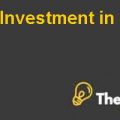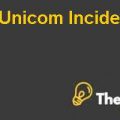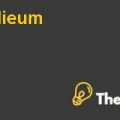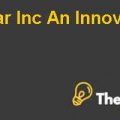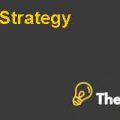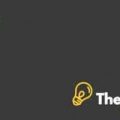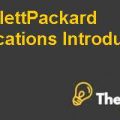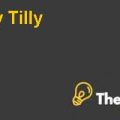
TESCO PLC
COMPANY’S PROFILE:
Tesco is one of the leading retailer of the world and the biggest retailer in the UK.It sells non food items like electrical goods and clothes alongside with the food items as well .Tesco’s headquarter is in headfordshire. The company began life as a grocery selling shop in the east London area now it has increased its services by doing business in the field of finance and insurance, telecom and travel agency, company also runs a very effective petroleum business. It sells its services by small high street shop as Tesco metro, supermarket like Tesco extra, sells non foods items via Tesco homeplus. Tesco provides financial services by Tesco personal finance and its online delivery service has almost 100 percent coverage area in the UK. (thomos,2007).Tesco also operates internationally with with the market share of 19.2 bn pounds in the 2010 but its core market is UK with the market share of 42.3 bn pounds in 2010 (Tesco annual report,2010)
MISSION:
The mission statement of the Tesco is to retain loyal custumers. This shows that Tesco wants its customer to come back again and again to them instead of going to their competitors.
VISION STATEMENT:
Tesco’s vision statement is “EVERY LITTLE HELPS ALOT”
CORE ORGANIZATIOION VALES:
The core purpose is to create value for the costumers to earn their lifelong loyalty
The main values of the Tesco’s are:
Understand costumers
Be first to meet their needs
Act responsibly to our society
Treat people as we like to be treated
Work as a team.
Listen and support other and say thank you.
GOALS AND OBJECTIVES:
The important objectives of the Tesco’s are:
To keep costumers happy.
To gain high profit.
To motivate the employees.
Expend internationally.
Resolve the economic issues.
Friendly with the community and environment
ORGANIZATIONAL STRUCTURE:
Tesco’s organizational structure is decentralized, the higher management is responsible for the making of the strategy for the organization while the middle management is responsible for the implementation of the strategy and the lower or bottom management is responsible for the continuity of that strategy and the managers are responsible for their stores while the area managers are responsible for the area under their responsibility, a decentralized structure has the following advantages: senior management can focus on the most vital decisions, decision making empower and hence motivates the staff to fulfill their duties, it gives people a better perceptive of their working environment including the contemporaries and the customers and increases their knowledge and experience, responses to challenges and changes are much greater in decentralized organisational structure and it brings more responsibilities and brighter changes of accommodating them and carrying them out resulting profitably.
STAKEHOLDERS AND MANAGEMENT:
The internal stakeholders of Tesco’s are:
The board of directors
The non executive directors
The area managers
The store mangers
The store employees
The people working in accounts, HR, IT and other related departments
And all other employees working for the Tesco group within the UK and outside the UK.
External stakeholders of Tesco:
Some of the external stakeholders are:
British government
Customers of the Tesco
British and international banks working with the Tesco
The local government
British police
Microsoft Corporation providing IT services.
Competitors’ e.g. ASDA, SAINSBURYS.
Suppliers.
Contractors.
The local authorities.
Local communities.
REFERENCES:
www.tescocorporate.com/reportsanddownloads.htm. Retrieved on October 27, 2010
www.tesco.com/annual report2010downloads.pdf.retrieved on October 25, 2010
Thomas H. Davenport, Jeanne G. Harris. (2007) Competing on Analytics: The New Science of Winning. Harvard Business School Press

